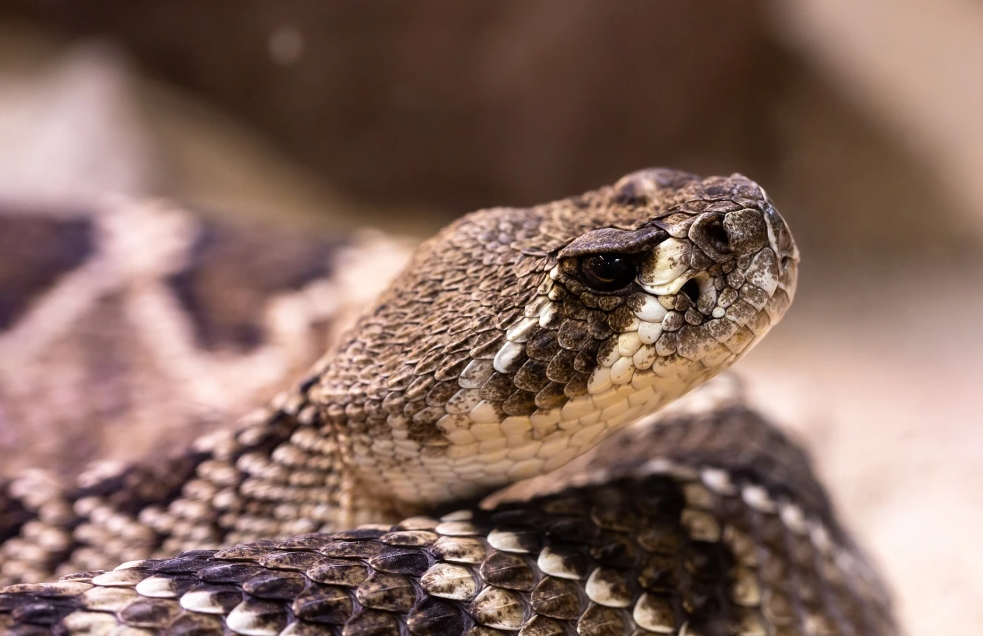What do I do if my dog is bitten by a snake?
You’ll likely know right away if your dog has been bitten by a snake. Symptoms will appear quickly and include:
- Bleeding from the puncture wound
- Irritation (You’ll see your pet rubbing or licking the area.)
- Pain
- Swelling
“There aren’t very many things that cause that level of reaction that quickly,” explained Angela Gaeto, DVM, of Companion Animal Hospital.

After you determine a bite has occurred, focus on getting your pet to a veterinary hospital as soon as possible.
“You can’t think, ‘I’m going to give them Benadryl at home and they’re going to be fine,’” Gaeto said. “You need to get them to the hospital.”
Dog Snakebite Prevention
Dog snakebites are extremely painful and — in worst cases — can be deadly, so prevention is key. Gaeto says the best way to prevent snakebites is to always keep your pet on a leash when hiking places where there could be rattlesnakes. (Think trails, canyons and areas with low bushes or groundcover.)

Also, make your yard a less appealing place for snakes to nest. Keep grass trimmed, remove any debris, and rid the area of rodents.
The Rattlesnake Vaccine
While the rattlesnake vaccine won’t completely protect your pet from the effects of a snakebite, it can lessen the severity of symptoms and lead to a faster, smoother recovery. Gaeto recommends the vaccine for pets who often adventure in the Great Outdoors, but emphasizes that even vaccinated pets need to get to a vet clinic should a bite occur.
“You’re not able to prevent [all effects of the venom] with just the vaccine, but you should be able to stop it with treatment if caught early,” she explained.

The deactivated venom in the vaccine works against Western Diamondback Rattlesnake bites, but will also protect against snakes with similar venom. The vaccine is given once a year after two initial doses.

Afraid of snakes? Our SnakeSmart program will help you overcome that fear and teach you what to do if you encounter a snake in the wild. Learn more here.

